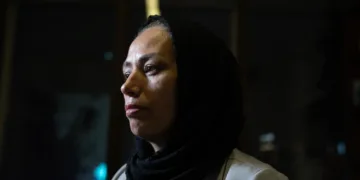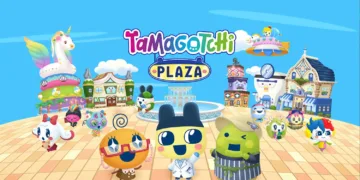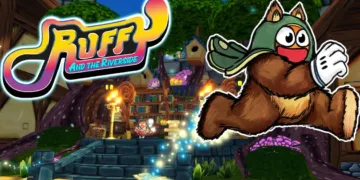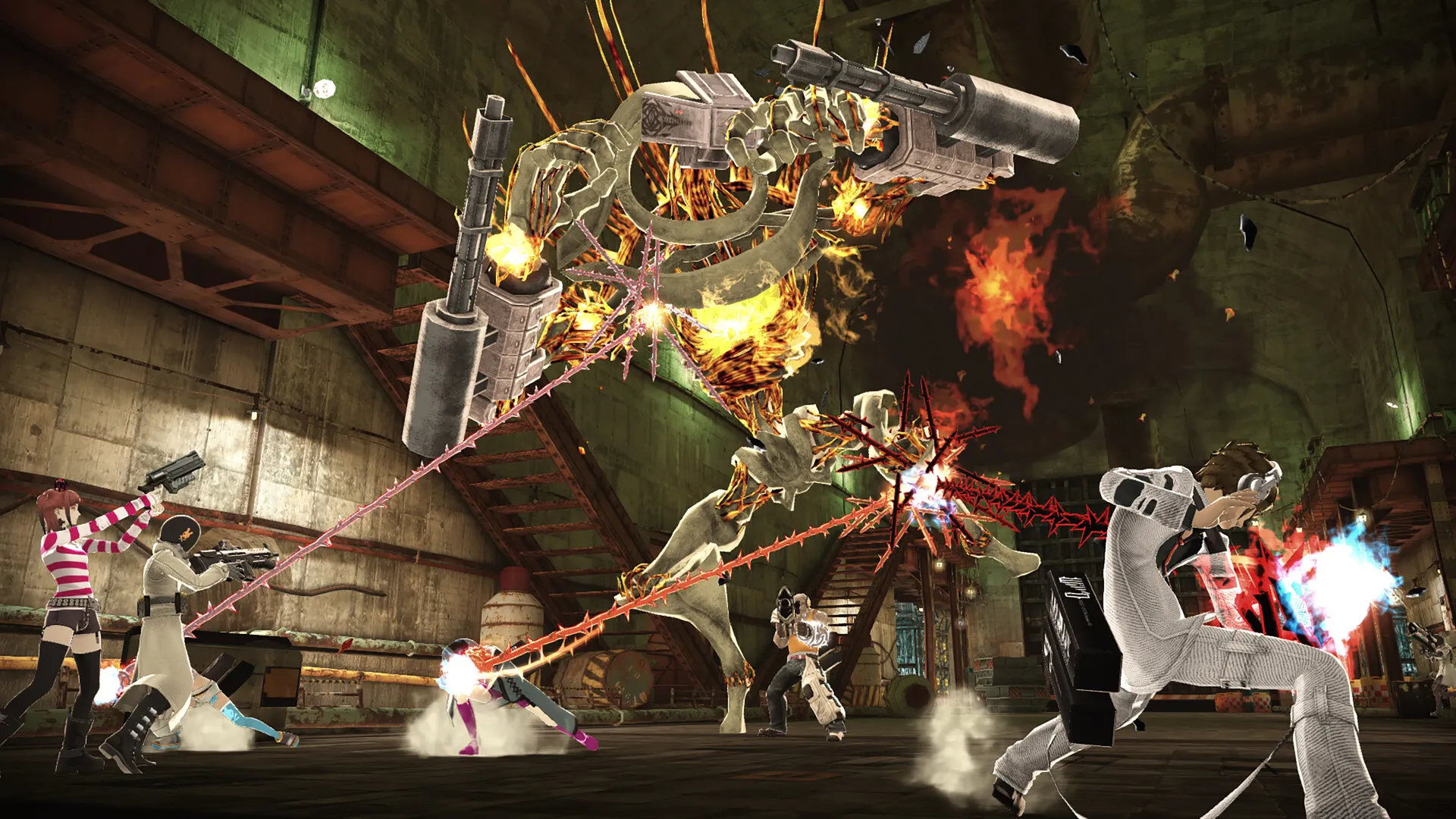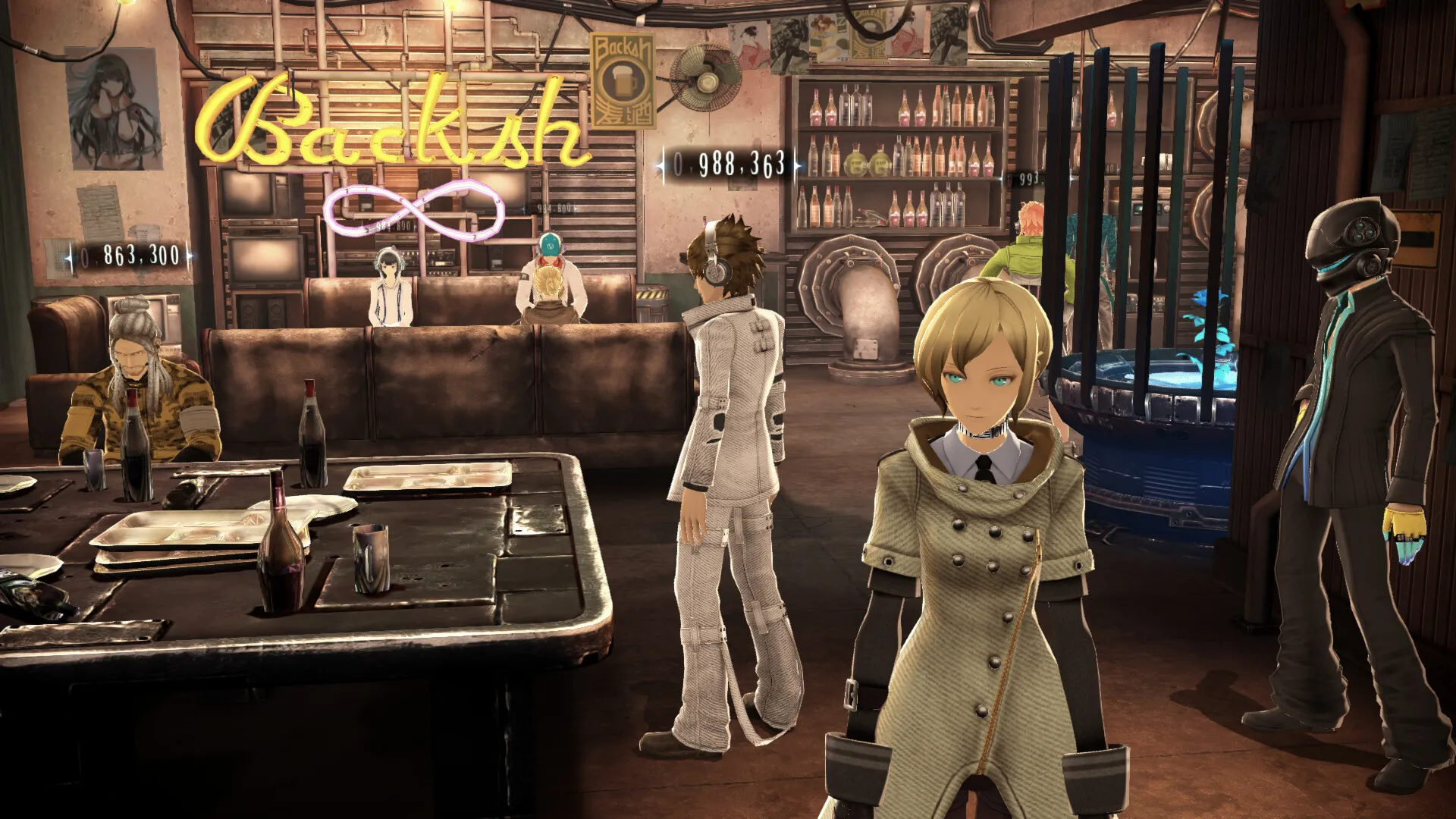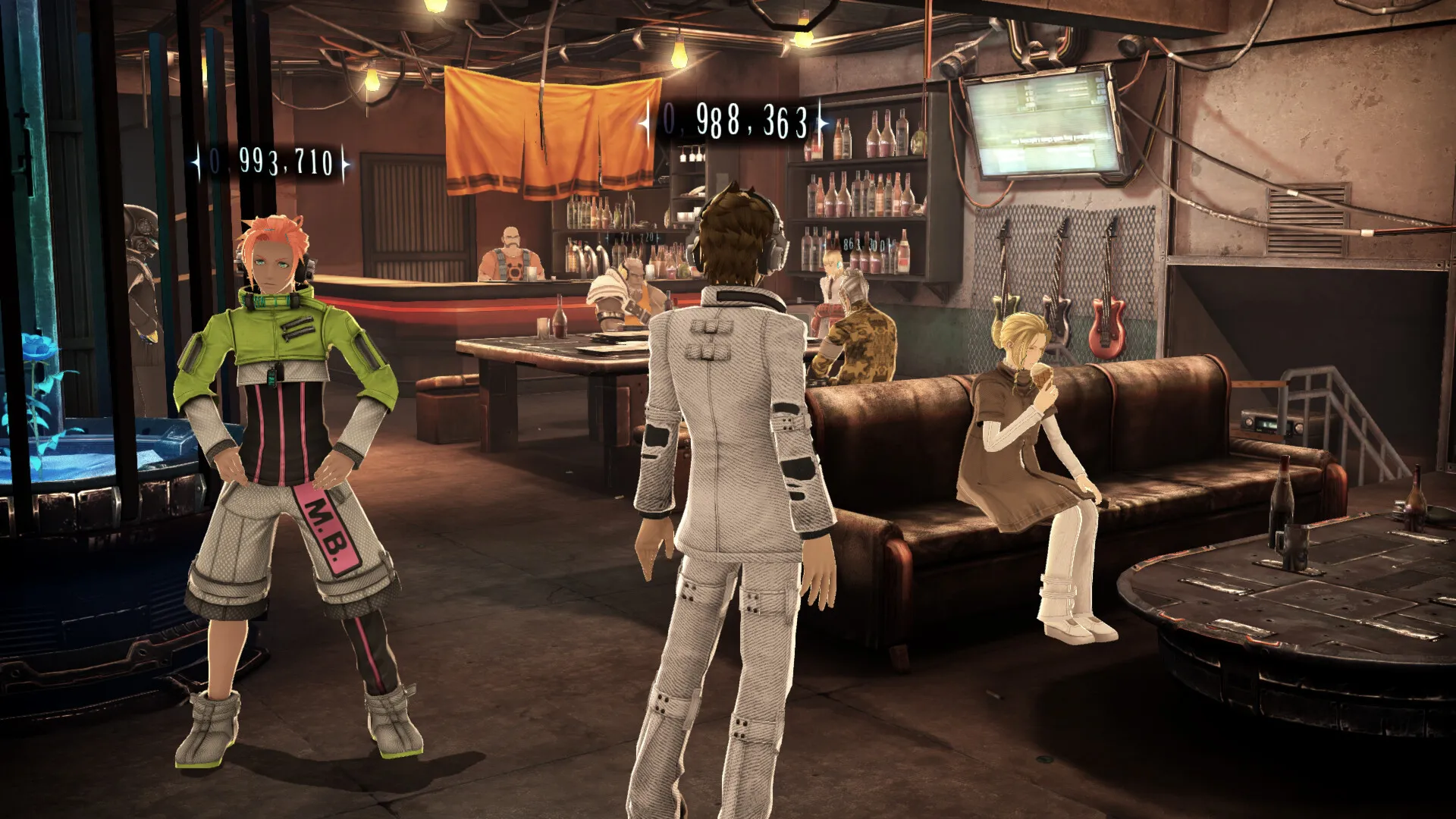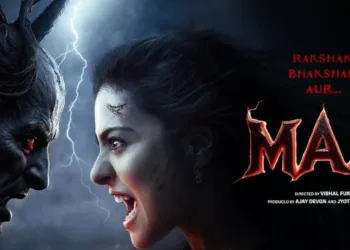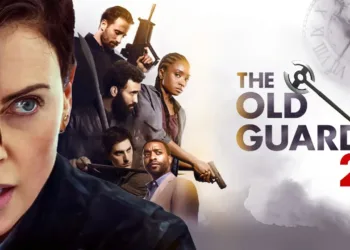Undoubtedly, “Freedom Wars Remastered” is a great remake of the original 2014 PS Vita game. Players take on the part of “Sinners,” who are serving a shocking million-year sentence for simply existing, in a dystopian future where humanity is imprisoned in underground Panopticons. The game cleverly weaves its narrative with combat play mechanics to earn resources and gradually reduce players’ sentences.
This remaster enhances the original game with better graphics and gameplay mechanics, making it playable on more recent platforms like the PS5 and PS4. The core experience, which offers a blend of intense action and a darkly satirical narrative that criticizes system oppression, is still rooted in its handheld beginnings despite its enhancements.
“Freedom Wars Remastered” is made for two types of players: newcomers interested in the game’s cult classic status and returning players who miss the original experience. While veterans will appreciate the improved graphics and refined controls that take advantage of current hardware, new players can enjoy the game’s unique blend of action and dystopian storytelling.
In a genre dominated by titles like “Monster Hunter,” it stands out thanks to its unique premise and engaging combat mechanics. However, the remaster also shows what was wrong with the original, making for an interesting and sometimes annoying experience that might make people feel mixed emotions if they play Panopticon again after years.
Dystopian Depths: Unraveling the Narrative of Freedom Wars
In the “Freedom Wars Remastered” world, humanity has hidden away in enormous underground cities called Panopticons. These huge jails are both homes and work camps for the “Sinners,” people who are sentenced to have very long sentences for just existing. This premise creates a compelling narrative setting and gives the gameplay a sense of urgency and moral complexity.
All of a player’s actions are watched as they move through these harsh environments, where the fight for survival is mixed with the desire for freedom. The Panopticon is reminiscent of George Orwell’s “1984” in that it incorporates elements of classic dystopian literature, in which surveillance and control permeate everyday life.
The social structure is rigid, and resources are running out quickly. Sinners are forced to engage in combat missions against monstrous Abductors to have a chance to reduce their sentences. This game’s system of forced work shows how satirically it pokes fun at social norms and the randomness of justice. A million-year sentence hangs over the game, making it clearer why players are so desperate to fight back against those hurting them.
At its core, “Freedom Wars” grapples with serious issues like incarceration, limited resources, and our natural desire for survival. While engaging in their action-oriented design, the missions that make up the narrative are frequently plagued by pacing problems. Early gameplay can feel slow because players are often drawn into long conversations and lessons that disrupt the flow of action. Because the game jumps back and forth between exposition and action, it can be frustrating for players eager to get into the combat mechanics.
Also, normal plot events can make it hard to see how the story could make deeper points about systemic oppression and the morality of survival. For example, the beginning sets the stage for a thorough investigation of these themes, but as the narrative progresses, it falls back on more common story tropes, which lessens its effect.
Instead of getting bogged down by too much backstory and exposition, players may long for a more unified narrative that stays true to its premise. Overall, “Freedom Wars Remastered” presents an intriguing world full of thematic promise, but it struggles with pacing and narrative coherence, which can detract from the experience.
Engagement Redefined: The Mechanics That Drive Freedom Wars
Many different missions comprise the core of “Freedom Wars Remastered”‘s gameplay. PvP missions range from combat against powerful Abductors to rescue missions involving other Sinners. In order to reduce the protagonist’s lengthy prison sentence, the player must complete these missions in order to collect resources. The quest system, however, can occasionally disrupt pacing and interest.
Many missions require much talking and finding your way around the Panopticon, reminiscent of fetch quests in titles like “Monster Hunter.” While the combat itself can be exhilarating, going back to the hub area after every task can get old fast, especially in the beginning when players are still learning how to use different game mechanics. This structure may lead to moments of boredom, especially for those who are eager for continuous action.
The crafting system in “Freedom Wars” adds another layer of depth to the gameplay by allowing players to modify their gear and enhance their combat effectiveness. When players beat enemies and complete missions, they can get resources that can be used to make new weapons or improve old ones. Even though this system works, it can feel simple compared to games in the same genre as “Monster Hunter,” where managing resources and crafting are more deeply woven into the experience.
Players can customize their weapons and accessories to fit their chosen playstyle and crafting options. The ability to equip different Thorns—grappling tools that make combat more vertical and give you more tactical options—adds to the customization experience.
Each type of Thorn offers distinctive skills, allowing players to approach missions in a strategic way. Despite these choices, some players may find the game’s crafting and customization systems to be lacking in the depth and variety found in games like these. Overall, the game has fun mechanics, but the way they are implemented could benefit from a more nuanced approach to keep players involved as they play.
Dynamic Battles: Analyzing the Combat Mechanics of Freedom Wars
The “Freedom Wars Remastered” combat system offers a range of melee and ranged choices that cater to different playstyles, enhancing the overall gameplay experience. From heavy melee weapons like oversized katanas to long-range weapons, players can use a variety of weapons, allowing for dynamic combat scenarios. The addition of the Thorn, a flexible grappling tool, has greatly improved combat mechanics.
Players can use the Thorn to quickly move through the environment and carefully engage enemies. For example, grappling onto an Abductor to launch a series of powerful attacks adds an exhilarating verticality to battles reminiscent of the mechanics seen in “Attack on Titan.” This feature motivates players to try out new combat strategies, fostering a sense of imagination and engagement.
A strong command system that enables players to give tactical instructions to their AI companions complements the combat mechanics. Coordination of strikes and defenses can make a big difference in tough battles, adding a layer of strategy. While the combat can be exhilarating, it doesn’t always have the same depth as titles like “Monster Hunter,” where timing and other small details matter more.
The types of enemies in “Freedom Wars” are pretty varied, with smaller enemies and stronger Abductors. Different types of enemies pose different problems, so players must change their tactics to deal with them. Regarding the combat experience, boss fights stand out as the best. In these fights, players often need to be very good at the time and work together because they have to target specific weak spots in their huge enemies to take them out. The joy of fighting these enormous enemies can be thrilling, reminiscent of the epic battles in “Dark Souls” or “Monster Hunter.”
Some players may find a certain degree of monotony in enemy encounters despite the engaging nature of combat. The game relies on a small number of enemy forms, which may lead to a sense of monotony over time. However, this problem is less of a problem when you successfully plan a takedown or execute a well-timed wrestling move. Overall, “Freedom Wars Remastered’s” combat system is fun and engaging. Still, it could benefit from a wider range of enemy types and more complex mechanics to keep players interested all the way through.
Connections in Chaos: Exploring Character Design and AI Companions
In “Freedom Wars Remastered,” p-layer character creation offers a degree of customization that lets people make avatars that reflect their style. Enhancing the sense of control over their in-game persona, players can pick out different hairstyles, facial features, and outfits. The depth of character design, especially among non-playable characters, often falls short despite this customization being appreciated.
The generic traits and stereotypical jobs of many non-playable characters (NPCs) can detract from the game’s dystopian world. “Freedom Wars” struggles to provide the same level of engagement as games like “The Witcher 3,” where complex backstories and motivations breathe life into each character. Sometimes, conversations between NPCs feel shallow because they’re just exposition and not real connections.
AI friends are very important in “Freedom Wars,” and they help you a lot on missions. These helpers, called Accessories, are meant to assist players by attacking enemies, bringing back to life dead partners, and following strategic instructions.
Although they frequently perform well in combat, they might need clear instructions for particular jobs. This AI behavior can make the experience more interesting, but it doesn’t always work as well as companions handled by the player, like in cooperative games like “Monster Hunter.”
Plus, the possibility of online action adds a layer of excitement to the game. To complete missions, players can work together with friends, enhancing the overall experience and fostering a sense of community. This multiplayer component makes the most of the cooperative mechanics, allowing for more strategic gameplay and the chance to mix and match different character builds. The AI companions do a good job of what they’re supposed to do, but the real magic is in how players can work together in the Panopticon’s chaotic setting.
Behind the Screen: Evaluating Visuals and Performance in Freedom Wars
The graphics in Freedom Wars Remastered are impressive and breathe new life into the game’s futuristic settings. Compared to the original PS Vita version, the remaster improves textures and lighting effects, making for a more immersive experience.
The Panopticon’s oppressive building feels more real and scary, and the character models are more detailed. The remastered graphics not only improve the aesthetic quality but also add to a more engaging narrative experience, allowing players to fully appreciate the game’s dark themes.
Along with these visual changes, the soundscape has been improved. Great work has been put into the voice acting, which gives character exchanges more emotional weight. The main characters’ deeper vocal expressions enhance their arcs, while some NPCs still have generic voices. The music works well with the gameplay, combining atmospheric scores with tracks that pump up the adrenaline during combat and are reminiscent of scores from titles like “Nier: Automata.”
Despite these enhancements, “Freedom Wars Remastered” still has technical problems, especially loading times. Players may still experience delays when moving between missions and areas, even though it is better than the original. That’s not so great, especially compared to current gaming standards, which demand smooth transitions and little loading.
The remaster also fixes some of the game’s visual flaws but occasionally experiences frame rate drops during intense combat scenes. This can disrupt the fluidity of gameplay, leading to moments of frustration reminiscent of older titles. Overall, “Freedom Wars Remastered” makes a lot of progress in terms of technical performance, but it still grapples with issues that keep it from fully living up to modern gamer standards.
A Journey Revisited: Summing Up the Freedom Wars Experience
A hauntingly dystopian setting serves as the background for “Freedom Wars Remastered,” which offers a compelling blend of action and narrative. Players are thrown into a world where survival is a constant fight, and the game’s mechanics—from its combat system to its layer features—create a satisfying loop of layering. The graphics and audio enhancements improve the experience, making it more appealing to new players and people who have already played the original.
With its engaging plot and dynamic combat mechanics, the remaster is an easy introduction to the series for newcomers. The customization choices and cooperative multiplayer features foster a sense of community, encouraging players to explore the depths of the Panopticon together.
The new graphics and sounds breathe new life into the tried-and-true mechanics, which will please returning players. However, some may find the pacing problems and technical limits reminiscent of the original, leading to conflicted opinions about the depth of the remaster. Even though it has some problems, “Freedom Wars Remastered” hits a good balance between old favorites and new ideas, making it a fun experience for a wide range of people.
The Review
FREEDOM WARS Remastered
" Freedom Wars Remastered " provides an engaging, if sometimes repetitive, game-play experience. It successfully revitalizes the original with updated graphics and music. However, technical problems and slowdowns prevent it from realizing its full potential despite its engaging narrative and enjoyable combat mechanics. Both newcomers and experienced players enjoy the game, but those looking for more depth in character relationships and enemy variety might not be fully satisfied.
PROS
- Enhanced graphics and audio quality
- Engaging combat mechanics with diverse weapon options
- Strong narrative with a dystopian theme
CONS
- Occasional technical issues, including loading times
- Repetitive enemy encounters
- Shallow NPC interactions





























